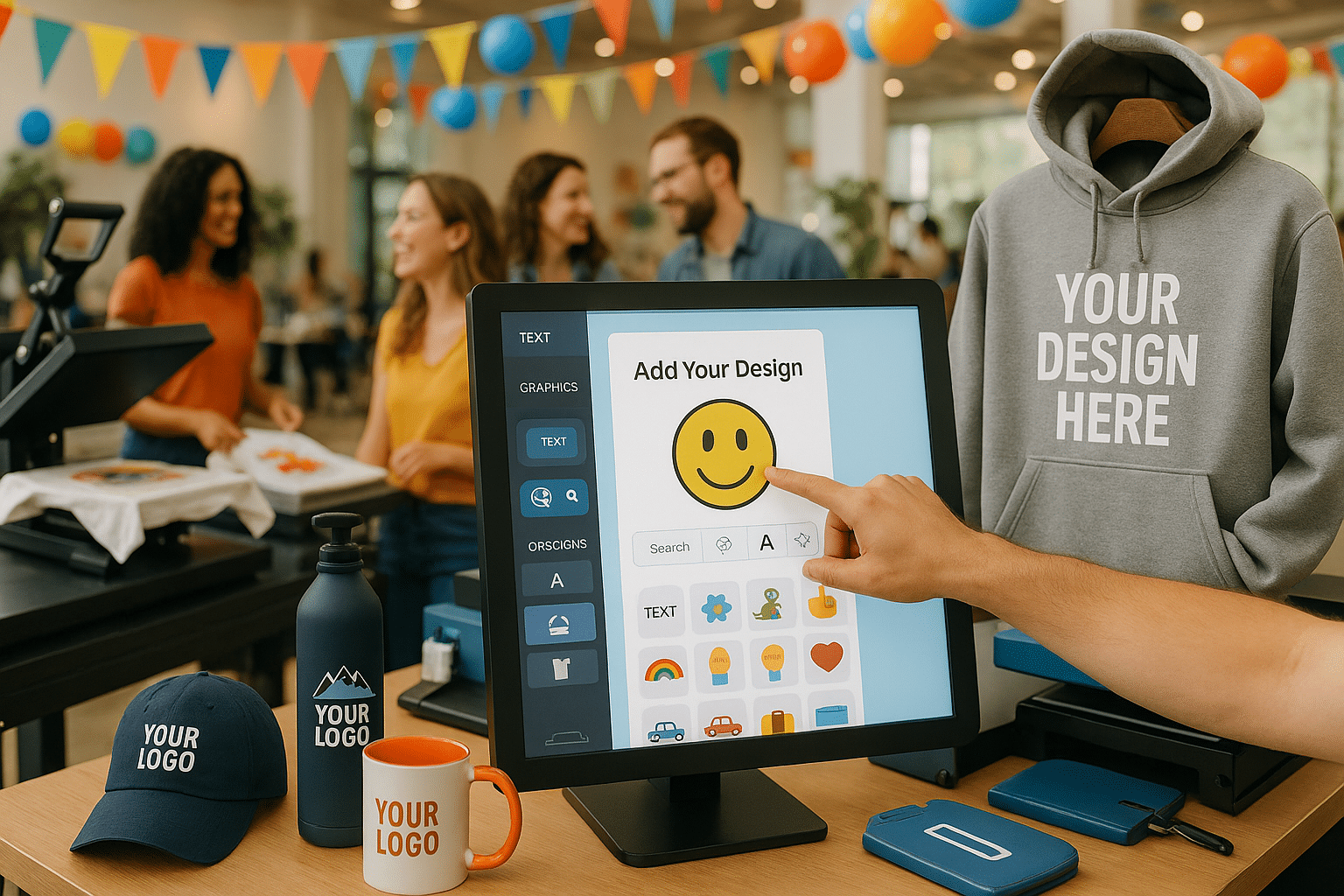Ultimate Guide to Event Planning: Tips, Trends, and Inspiration
Ultimate Guide to Event Planning: Tips, Trends, and Inspiration

Planning an event can be both exhilarating and daunting. From choosing the right theme to managing budgets and logistics, this guide will provide essential tips, interactive trends, and DIY inspiration to ensure your event is a success. Join us as we delve into event planning techniques, creative ideas, and marketing strategies that will captivate your audience.
Event Planning Essentials
Event planning is a multifaceted discipline that goes beyond mere logistics; it’s an art form that requires creativity, precision, and a keen understanding of the interplay between various elements. While every event is unique, certain core principles and strategies are essential in ensuring a successful execution. This section delves into the key components of event planning that every planner should master: budgeting, scheduling, venue selection, and thorough communication with stakeholders and vendors.
**Budgeting** is often the lifeblood of any event. Establishing a clear and realistic budget from the outset not only helps in managing expectations but also allows for smoother decision-making throughout the planning process. Begin by delineating the essential expenses such as venue rental, catering, audio-visual equipment, and promotional materials. It’s also wise to include a contingency fund—generally about 10-20% of your overall budget—to accommodate any unforeseen expenses that may arise. For instance, if you’re planning to hire a photo booth, research average **photo booth costs** in your area to ensure you’re allocating sufficient funds. This foresight will prevent any last-minute financial hiccups that could derail your plans.
**Scheduling** plays a critical role in event planning. A well-structured timeline serves as a roadmap, detailing each phase from initial concept development to the final event execution. Start by establishing key milestones, such as securing the venue, finalizing vendors, and sending out invitations. Utilize project management tools or timelines that allow for adjustments as needed. Encourage stakeholders to adhere to the schedule while remaining flexible enough to adapt to changing circumstances. For example, if your event spans several months, consider setting regular check-in meetings to ensure that everyone is on track and that any potential issues are addressed early on. Utilizing digital tools, such as shared calendars or dedicated project management software, can enhance coordination among team members and vendors.
Choosing the **right venue** can significantly impact the success of your event. When selecting a location, consider the event’s theme, target audience, and budget. A venue should facilitate both the practical demands of the event and the overall atmosphere you want to create. Research venues that offer the necessary facilities, such as audio-visual capabilities or accessibility for diverse audiences. For an added touch, explore venues that allow for customization, enabling you to incorporate branding elements like murals or signage that resonate with the event’s goals. If whimsical elements like a **photo booth** fit your theme, ensure the venue has the space and power supply needed to accommodate this interactive attraction.
Understanding your **target audience** is pivotal in shaping the event’s character and enhancing attendee experience. Analyzing demographic data can inform decisions on everything from the menu to the type of entertainment provided. Additionally, consider what makes your audience engage. Utilizing engagement tools like interactive displays or informational booth exhibits can create an inviting environment that fosters connection among attendees. Don’t forget to gather feedback post-event, as this can offer invaluable insights for future planning.
**Effective communication** cannot be overstated. Establishing clear lines of communication with vendors, stakeholders, and venue management from the beginning is essential for smooth coordination. Consider creating a communication plan that outlines how frequently updates will be shared and the channels through which communication will occur. Regular meetings and updates will help keep everyone aligned, reducing the chances of misunderstandings. Using collaborative tools can streamline discussions, ensuring vital information is easily accessible. For those involved, having a designated point person for each area of the event—catering, technical support, and logistics—can also enhance flow and accountability.
Moreover, a successful event hinges on the details that collectively create a memorable experience. When considering promotional items, think about offering unique, branded merchandise that attendees will cherish. Items such as custom thermal bottles, water bottles, hoodies, or even laser-engraved products can serve as lasting mementos. Branded luggage tags, for example, can be practical giveaways that attendees appreciate, ensuring your brand stays top of mind long after the event concludes. Having a cohesive branding strategy that aligns all physical items with your event theme helps reinforce the overall message and can create a more impactful impression.
While there are numerous elements to manage, there are also common pitfalls that planners should be vigilant about. A significant mistake is failing to clarify the roles and responsibilities of team members. Without clear direction, tasks can fall through the cracks, leading to chaotic and often regrettable last-minute decisions. Always ensure that every team participant understands their specific duties well in advance of the event date. Additionally, avoid overcommitting resources; it’s crucial to recognize that trying to do too much can dilute the event’s impact. Focus on quality over quantity—strive for a few standout elements rather than spreading yourself thin across numerous lesser ideas.
Drawing inspiration from successful event strategies can also guide your planning efforts. For instance, one recent corporate gala featured both an informative panel discussion and a networking session, complete with a sophisticated **photo booth** that allowed guests to capture both candid and professional moments. This dual approach not only facilitated valuable connections but also created lasting memories for attendees, significantly elevating their experience.
In conclusion, mastering the fundamentals of event planning—budgeting, scheduling, venue selection, and communication—can elevate an average event into an unforgettable occasion. By paying attention to critical details and learning from both successes and missteps, event planners can ensure their events resonate with attendees and stakeholders alike, leaving a lasting impact in their wake.
Conclusions
Effective event planning requires careful consideration of numerous elements from concept to implementation. By applying these strategies and embracing innovative trends, you can create memorable experiences that resonate with your audience. Remember, the key to a successful event lies in meticulous preparation, creativity, and a strong marketing approach.




